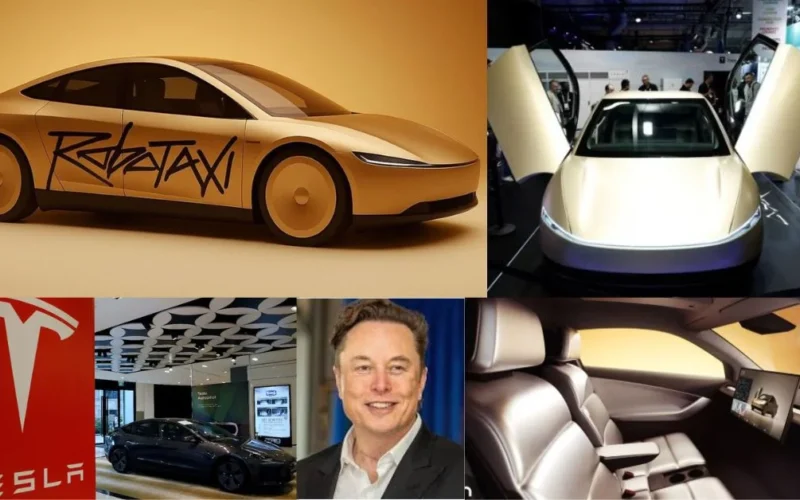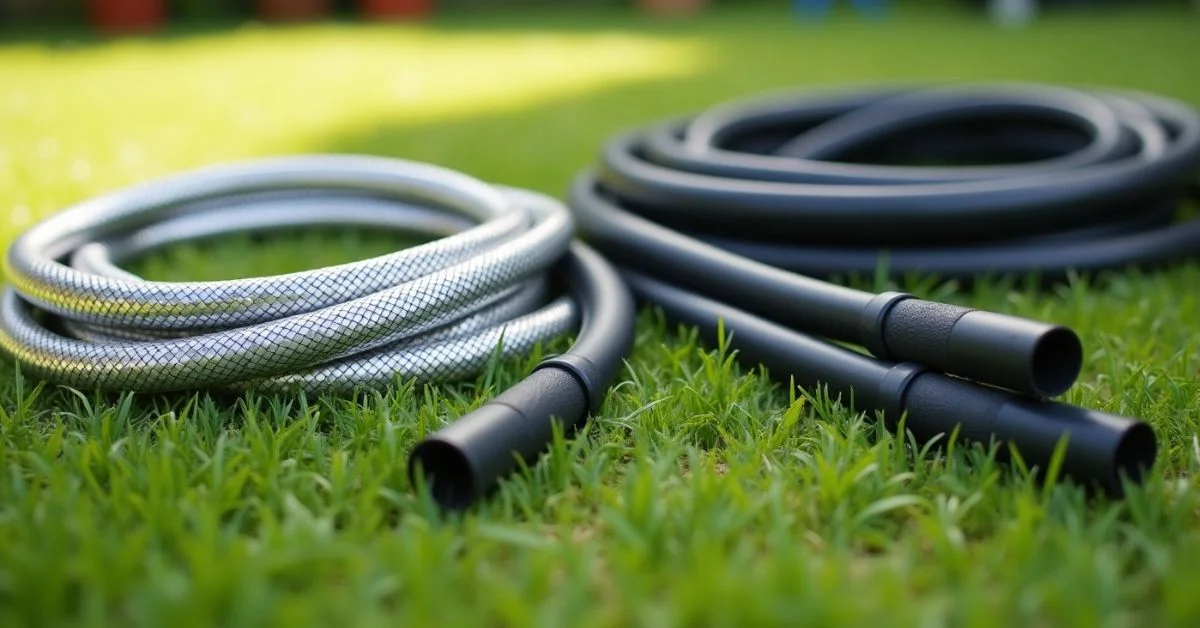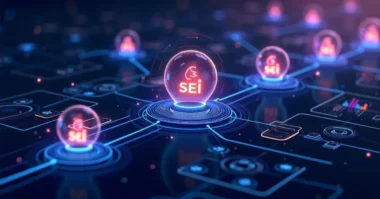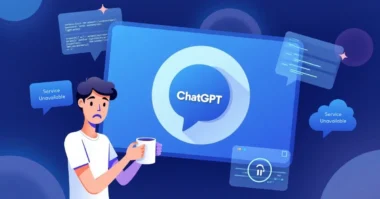Table of Contents
Tesla has been teasing the idea of fully autonomous vehicles for years, but 2025 is shaping up to be the year it finally delivers on that promise. The much-anticipated Tesla Robotaxi launch is more than just a new product announcement; it’s a revolutionary shift in how we think about transportation, driving, and car ownership. Elon Musk’s bold statements over the past few years have built excitement around this innovation, and now consumers, investors, and tech lovers alike are eager to see what’s in store.
What Is the Tesla Robotaxi?
The Tesla Robotaxi is an upcoming self-driving, electric ride-hailing vehicle that will operate without a human driver. Unlike a typical rideshare experience through apps like Uber or Lyft, Tesla’s Robotaxi will run purely on Full Self-Driving (FSD) technology. Users will be able to summon a car using Tesla’s app, get picked up, and reach their destination without a driver behind the wheel. Tesla plans to use its own fleet and eventually allow owners to add their cars to the Robotaxi network to earn passive income.
Key Features of Tesla Robotaxi
Tesla’s Robotaxi will be packed with advanced features designed to offer comfort, safety, and full autonomy. While official details are still limited, here’s what we expect based on Elon Musk’s statements and Tesla’s technology roadmap:
- No steering wheel or pedals: Full automation means no need for manual control systems
- Advanced FSD software: Powered by Tesla’s Dojo supercomputer and neural networks
- Camera-based perception system: Uses Tesla Vision without radar or LiDAR
- Electric powertrain: Zero emissions and reduced operating costs
- Minimalist, high-tech interior: Seating optimized for passengers, not drivers
- Energy-efficient design: Better range, less battery consumption, and sustainable materials
Tesla promises that this vehicle will be both smarter and cheaper to operate than traditional taxis.
When Will Robotaxi Launch?
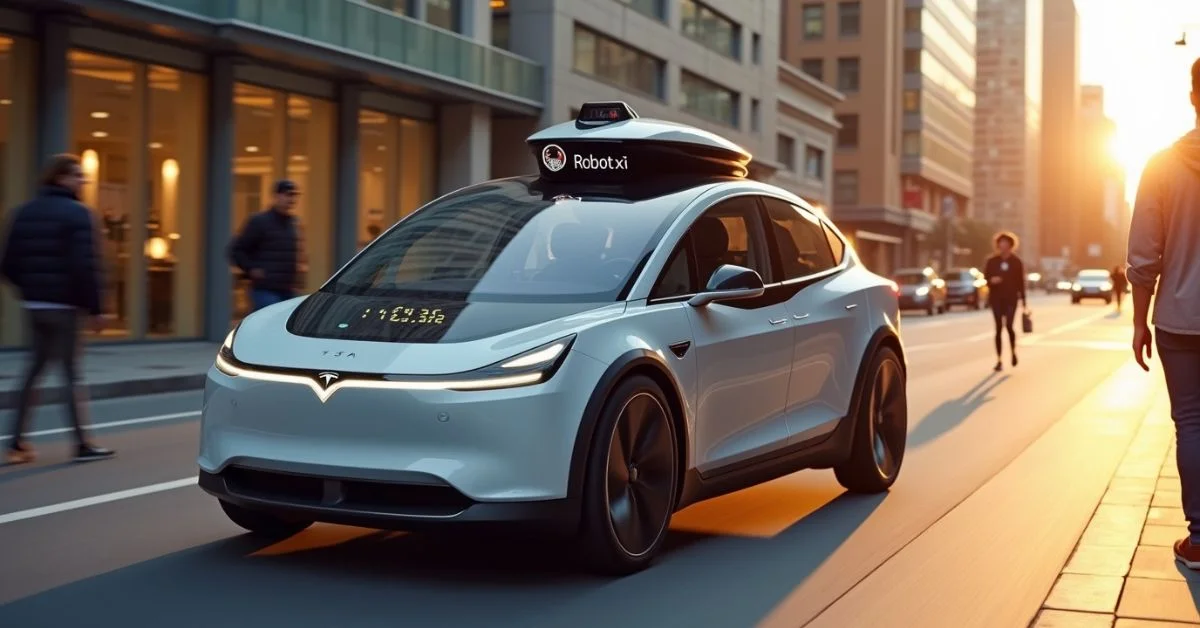 Elon Musk has confirmed that Tesla will unveil the Robotaxi on August 8, 2025, during a special live event. While Tesla is known for its ambitious timelines and occasional delays, this announcement has stirred hope that the Robotaxi will soon hit public roads. However, actual deployment will depend on regulatory approvals and the real-world readiness of Tesla’s FSD software. That means while we may see a showcase or beta version by late 2025, mass adoption could extend into 2026 and beyond.
Elon Musk has confirmed that Tesla will unveil the Robotaxi on August 8, 2025, during a special live event. While Tesla is known for its ambitious timelines and occasional delays, this announcement has stirred hope that the Robotaxi will soon hit public roads. However, actual deployment will depend on regulatory approvals and the real-world readiness of Tesla’s FSD software. That means while we may see a showcase or beta version by late 2025, mass adoption could extend into 2026 and beyond.
How Will It Change Transportation?
The launch of Tesla’s Robotaxi is more than just a tech upgrade, it has the potential to disrupt the entire transportation system. By offering rides at a lower cost than traditional ride-hailing services or even owning a car, Tesla is aiming to shift how people move in cities. Some of the expected changes include:
- Lower cost per ride, thanks to no driver salary or gas expenses
- Reduced traffic and emissions with smarter, electric routing
- Less need for personal car ownership
- Job displacement in the ride-hailing industry
- New income opportunities for Tesla owners who list their vehicles on the network
If Tesla’s model works as planned, city streets could soon be filled with efficient, self-driving Robotaxis that cost a fraction of what current rideshare options do.
Tesla’s Robotaxi vs Traditional Rideshare
Here’s a quick comparison to highlight what makes Tesla’s Robotaxi unique:
| Feature | Tesla Robotaxi | Traditional Rideshare |
| Driver Needed | No | Yes |
| Cost per Ride | Expected Lower | Varies |
| Emissions | Zero | Depends on vehicle |
| Human Error Risk | Eliminated | Present |
| Ownership Option | Yes (Tesla owners can list their cars) | No |
| 24/7 Availability | Yes | Limited |
Regulatory and Safety Considerations
One of the biggest hurdles for Tesla’s Robotaxi is gaining approval from safety and transportation regulators. While Tesla’s FSD system has shown impressive growth, regulators are still cautious about allowing fully driverless vehicles on public roads. Tesla will need to demonstrate consistent, safe performance under a wide range of conditions, including:
- Complex urban traffic
- Emergency scenarios
- Weather-related challenges
- Pedestrian and cyclist detection
Tesla has already begun collecting billions of miles worth of driving data to train its AI models. If the data proves that Robotaxis are statistically safer than human drivers, regulators may feel more confident giving the green light.
How Much Will It Cost?
Elon Musk has hinted that the cost of a Tesla Robotaxi ride could be as low as $0.20 to $0.30 per mile, much cheaper than traditional services which range from $1.50 to $2.00 per mile. The Robotaxi itself will likely be priced lower than Tesla’s current models due to its simplified design no need for a steering wheel or expensive driver-focused hardware. Though the exact figures haven’t been announced yet, Musk believes owning a Robotaxi could be a better investment than owning a home, given its potential to generate passive income.
What It Means for Tesla Investors and Consumers?
For investors, the Robotaxi could mark a turning point in Tesla’s growth strategy. If successful, the Robotaxi business could generate billions in annual revenue and solidify Tesla as a dominant player in AI and mobility. Consumers, on the other hand, will enjoy cheaper, cleaner and more convenient transportation. Even those who don’t own a Tesla can benefit by using the app to access rides at any time of day.
Final Thoughts
Tesla’s Robotaxi launch in 2025 could change the way we think about cars and commuting. With advanced AI, zero emissions and potentially ultra-low costs, the Robotaxi is more than a car, it’s a glimpse into the future of autonomous transport. While there are still questions around safety, regulation and timelines, one thing is clear that Tesla’s bold vision is pushing the boundaries of what’s possible and the world is watching closely.
